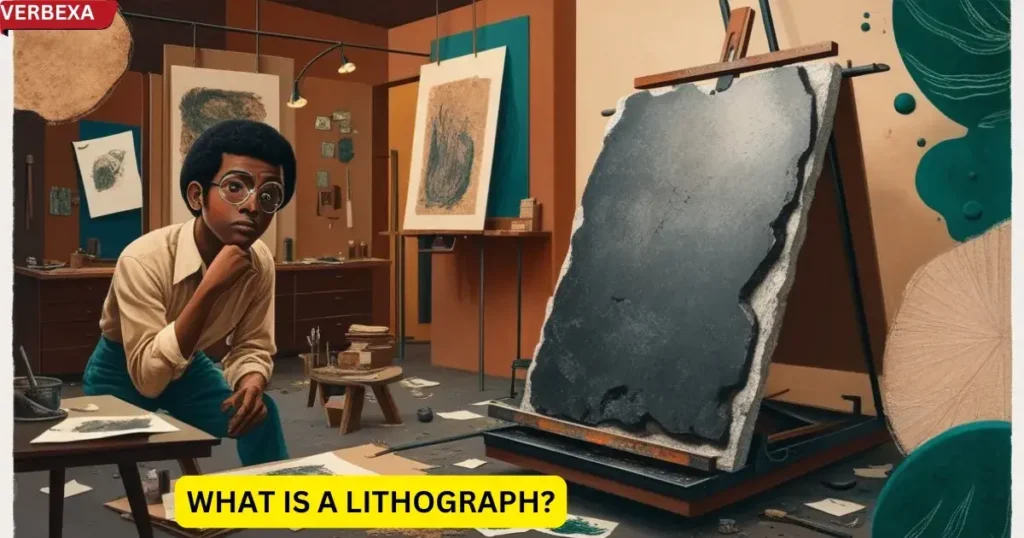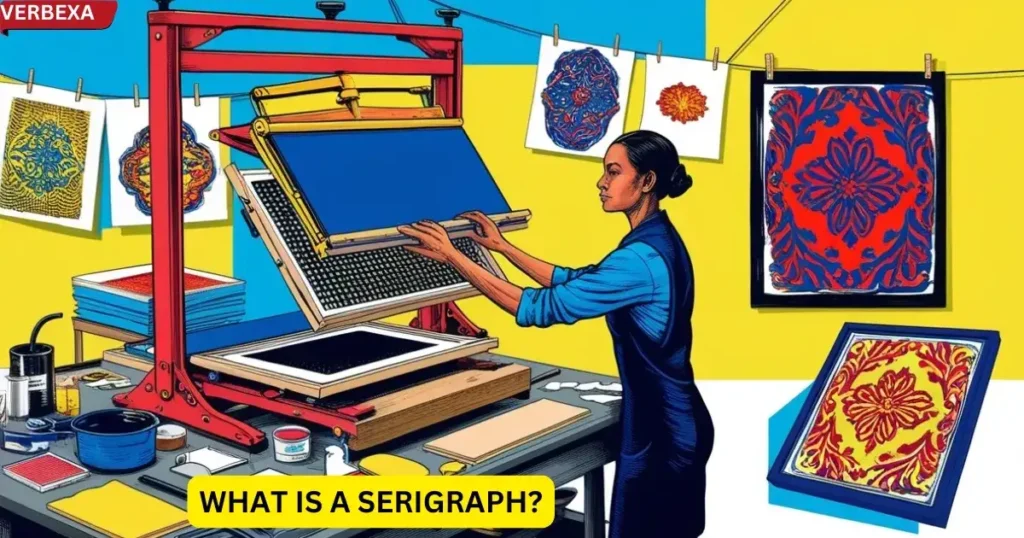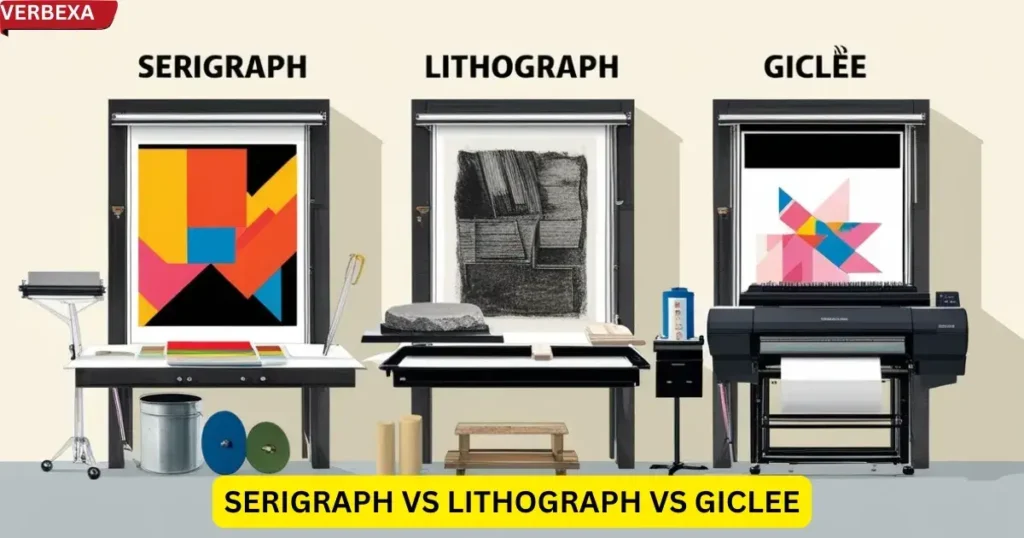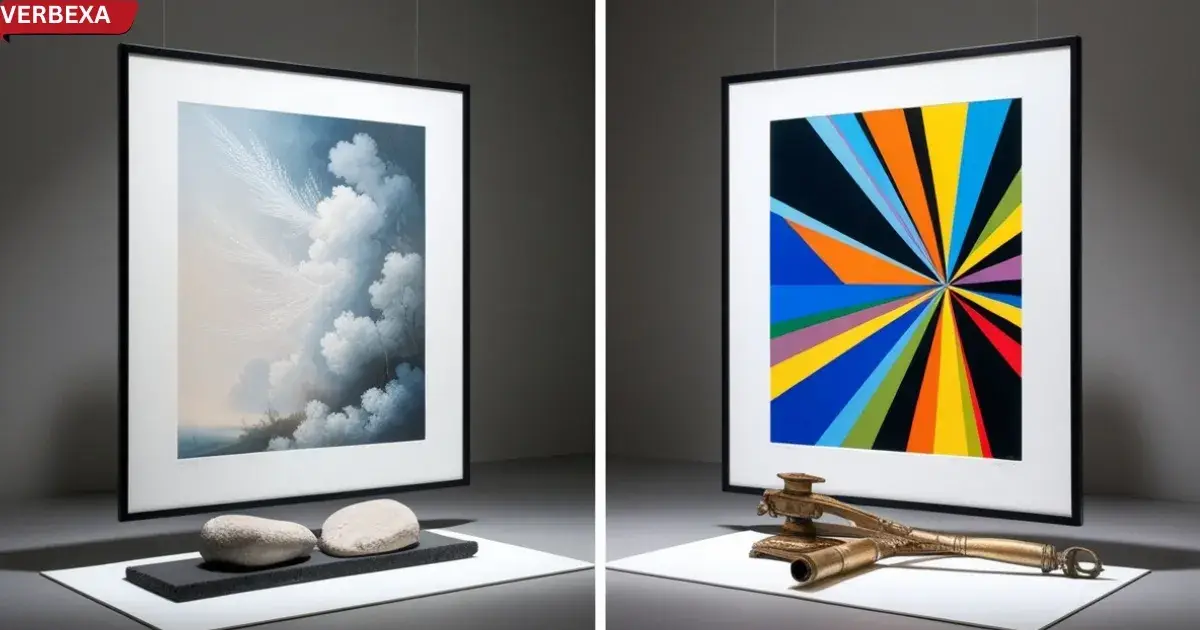When it comes to printmaking, two terms that often get confused are lithograph and serigraph. These two types of prints have distinct techniques, aesthetics, and histories, but their similarities in being artistic prints can lead to confusion. Understanding the difference between lithograph and serigraph is essential for art collectors, enthusiasts, and anyone interested in the world of printmaking. This article will explore the lithograph vs serigraph debate, highlighting their differences, characteristics, and value.
What is a Lithograph?

A lithograph is a type of print that involves the use of a stone plate or metal plate on which an image is drawn with a greasy substance. Once the image is applied, the plate is treated with chemicals to ensure that ink adheres only to the greasy areas, while the rest of the surface remains ink-free. Lithographs are traditionally created on a limestone slab, which is where the term “lithograph” (derived from the Greek word lithos, meaning stone) originates.
The lithograph technique dates back to the late 18th century and became especially popular in the 19th century. The process allows for fine detail and a variety of textures, making lithographs a preferred medium for artists seeking to create intricate hand-drawn artwork or detailed illustrations.
What is a Serigraph?

A serigraph (also known as a silkscreen print) is a printmaking technique that involves forcing ink through a mesh screen to create an image. In this process, each color of the design is applied using a separate screen, allowing for vibrant colors and layered colors. The name “serigraph” comes from the Greek words seris (meaning silk) and grapho (meaning to write), referencing the silk screen originally used in the technique. Today, mesh screens are more commonly made of synthetic materials.
The serigraph technique gained prominence in the 20th century, especially within modern art movements. It is widely associated with bold designs and graphic images, often featuring flat areas of color and sharp lines. Artists like Andy Warhol and Roy Lichtenstein utilized serigraphy to create iconic artwork that embraced a modern aesthetic.
Lithograph vs Serigraph: Definitions and Key Differences
To understand the difference between lithograph and serigraph, it’s essential to break down their characteristics:
| Feature | Lithograph | Serigraph |
|---|---|---|
| Technique | Involves drawing on a stone or metal plate using a greasy substance. | Involves pressing ink through a mesh screen. |
| Materials | Limestone slab, metal plate, grease-based ink. | Mesh screen, ink, fabric or paper. |
| Process | The image is drawn on the plate, chemically treated, and ink is applied. | Separate screens for each color; ink is pressed through the screen. |
| Color Application | Can have subtle textures and fine details. | Known for vibrant, saturated colors and bold lines. |
| Artistic Style | More traditional, fine details, often hand-drawn. | Modern, often used for graphic and abstract designs. |
| Common Use | Fine art prints, detailed illustrations, posters. | Commercial art, posters, graphic designs. |
| Famous Artists | Artists like Goya and Picasso used lithographs. | Artists like Andy Warhol and Roy Lichtenstein used serigraphy. |
Lithograph vs Serigraph Value
When it comes to the value of lithographs vs serigraphs, collectors and art enthusiasts often seek out limited-edition prints. Historically, lithographs have been considered more valuable due to their association with traditional printmaking techniques and their use by well-known artists in the 19th and 20th centuries. However, in the contemporary art world, serigraphs are highly sought after as well, especially prints by pop artists like Andy Warhol or Roy Lichtenstein.
The value of both prints can be influenced by factors such as rarity, artist reputation, and the color saturation art within the print. Both lithographs and serigraphs can be produced as limited-edition runs, which often drives up their value in the art market.
How to Identify a Serigraph
Identifying a serigraph vs lithograph requires careful attention to the printing technique. Here are some tips on identifying a serigraph:
- Texture: Serigraph prints typically have a textural feel because of the layers of ink applied through the screen. If you run your fingers across the surface of the print, you might feel the ink’s raised texture.
- Color Layers: Since serigraphy involves separate screens for each color, you may notice distinct layers of color, especially in prints with bold designs.
- Sharp Graphics: Serigraphs are known for their sharp graphics and clean lines, often used in graphic images and pop art styles.
- Signature: Like lithographs, serigraphs are often signed by the artist, sometimes with the edition number.
Serigraph vs Lithograph vs Giclee

Understanding the differences between serigraph vs lithograph vs giclee is essential for art collectors. While lithographs and serigraphs are created through traditional printmaking processes, giclee prints are a modern form of digital printing that uses inkjet technology. Giclee prints allow for a high degree of detail and color accuracy, but they lack the tactile texture of serigraphs or lithographs.
If you’re looking for traditional techniques, lithographs and serigraphs are your best choice, with lithographs leaning towards fine detail and subtle textures, while serigraphs focus on vibrant colors and bold designs. On the other hand, giclee prints offer more flexibility for mass production and are widely used in the reproduction of artwork.
Famous Serigraph Artists
Some of the most well-known serigraph artists include:
- Andy Warhol – A pop artist famous for his use of serigraphy in creating iconic prints of celebrities and everyday objects.
- Roy Lichtenstein – Known for his comic-style imagery and use of serigraphy to create bright, graphic designs.
- Keith Haring – Created bold, graphic serigraphs that often incorporated social messages and vibrant colors.
What is the Difference Between a Print and a Serigraph?
Not all prints are serigraphs. While a print is a general term for any work of art made by transferring ink onto paper or another material, a serigraph is a specific type of print created using the silkscreen method. Prints can also include lithographs, woodcuts, etchings, and digital prints. A serigraph vs lithograph comparison shows that the key difference lies in the printing technique and the final aesthetic of the piece.
Everyday Usage Examples
Here are some everyday examples that will help clarify the distinction between lithographs and serigraphs:
- Lithograph: “The museum showcased a rare Picasso lithograph from his early years, with intricate hand-drawn artwork.”
- Serigraph: “The Andy Warhol serigraph in the gallery caught everyone’s eye with its bold, vibrant color scheme and graphic design.”
FAQs
What is the difference between a lithograph and a serigraph?
A lithograph is created by drawing on a stone or metal plate, while a serigraph is made by pressing ink through a mesh screen. Both techniques produce unique prints but with different textures and methods.
What is a serigraph vs lithograph?
The key difference is in the process: lithographs use a grease-based method on stone or metal, whereas serigraphs involve screen printing ink onto paper or fabric, often in layers.
Is a serigraph better than a lithograph?
It depends on the artist’s style and the desired outcome; lithographs are known for fine detail, while serigraphs offer bold, graphic designs with vibrant colors.
How can you tell a lithograph from a serigraph?
You can distinguish them by texture: lithographs have a smoother surface with intricate details, while serigraphs may feel raised and have distinct layers of color.
Are serigraphs worth anything?
Yes, serigraphs can be valuable, especially limited-edition prints from famous artists like Andy Warhol, depending on their rarity and artistic significance.
Conclusion
The difference between lithograph vs serigraph lies in their techniques, aesthetics, and historical context. While both are printmaking techniques, lithographs are created using a stone or metal plate with a greasy substance to draw the image, while serigraphs are made by pushing ink through a mesh screen, often resulting in bold, graphic designs. Both have their place in the world of art, with lithographs holding value for their traditional techniques and historical significance. At the same time, serigraphs are appreciated for their modern aesthetic and vibrant color usage.
By understanding the difference between lithograph and serigraph, collectors and art enthusiasts can appreciate the unique qualities of each technique and make informed choices when adding limited-edition prints to their collection.

This author is a passionate linguist and grammar enthusiast, dedicated to helping individuals master the art of language. With years of experience in teaching and editing, she brings clarity and precision to every sentence. Tina’s mission is to empower writers of all levels to express themselves with confidence and excellence.

